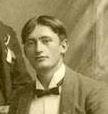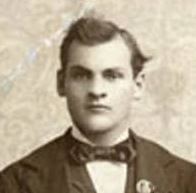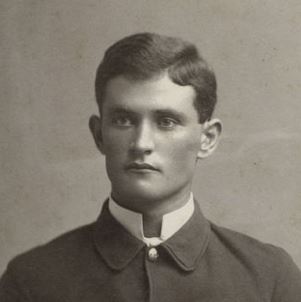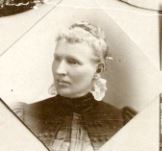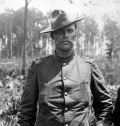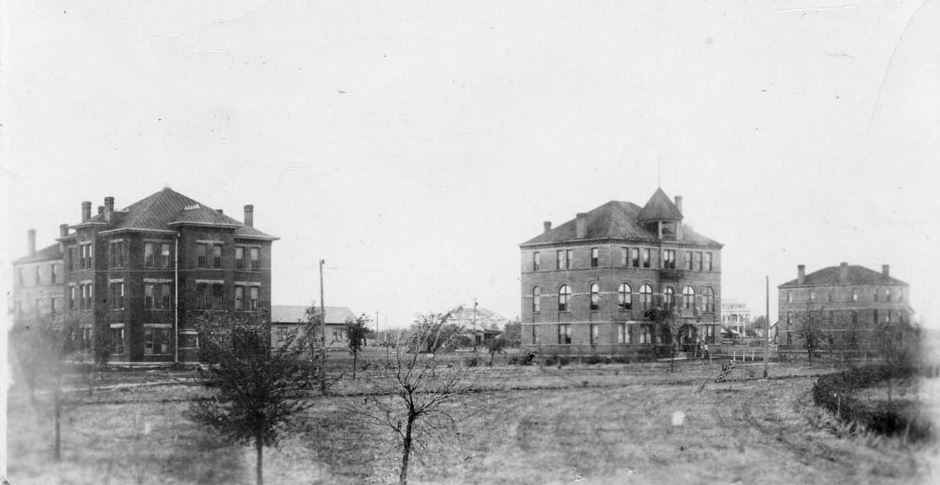This as been making the rounds again, so I though I’d be a little proactive in commenting on it (I’ve already been asked several times about it). It may have been originally meant as satire, but has been passed along often enough since it first appeared in April 1999 (at least that’s the earliest appearance I know of) that some people are passing along as the truth. Personally, I think there is enough fakelore out there about the Middle Ages that we don’t need to make more up.
A variation of this was posted to REC.ORG.SCA on 2 May1999 under the subject “Interesting Trivia Behind Old Sayings…” and attributed to Dawn Fry (SKA Lady Banba MacDermot, herald for the Stronghold of Lost Forest, Calontir)
The major problem is that this sort of thing feeds into the basic assumption that -we- are better than -they- were. There is an unspoken assumption that permeates our culture that people in the past were less intelligent, less capable — somehow deficient. This assumption actually parallels a similar one that we have about poor people, but that’s better looked at in another web page.
“Life in the 1500’s” (aka “The Bad Old Days” – which appears where is noted below)
— Original source is as yet unknown
[1500s] Anne Hathaway was the wife of William Shakespeare.
[1500s] She married at the age of 26.
The average age for women marrying in the Tudor period seems to have been about 26 (Alison Sims. The Tudor housewife)
[1500s] This is really unusual for the time. Most people married young, like at the age of 11 or 12.
This is a fascinating assertion – *some* may have married early (early marriage was not unheard of even in the US as recently as the last century). But not “most”.Most people were too busy working, serving as apprentices, and so on to marry that much earlier than they do today. Median age of about 19. Barbara Hanawalt. Growing up in Medieval London
[1500s] Life was not as romantic as we may picture it.
This IS true, particularly considering the sorts of romantic crap that people see about the past. The past is mostly made up of non-romantic people, living non-romantic lives; working trying to feed their families and so on.
[1500s] Here are some examples: Anne Hathaway’s home was a 3 bedroom house with a small parlor, which was seldom used (only for company), kitchen, and no bathroom.
[1500s] Mother and Father shared a bedroom. Anne had a queen sized bed, but did not sleep alone. She also had 2 other sisters and they shared the bed also with 6 servant girls. (this is before she married) They didn’t sleep like we do length-wise but all laid on the bed cross-wise.
[1500s] At least they had a bed. The other bedroom was shared by her 6 brothers and 30 field workers. They didn’t have a bed. Everyone just wrapped up in their blanket and slept on the floor. They had no indoor heating so all the extra bodies kept them warm.
[1500s] They were also small people, the men only grew to be about 5’6″ and the women were 4’8″.
Actually, based on the extant garments, people may have been a few inches shorter than the over-nourished giants we are raising today, but nothing bizarre.
[1500s] So in their house they had 27 people living.
Just to be picky: the numbers that have been presented are
Mom
Dad
Ann
2 Sisters
6 servant girls
6 Brothers
30 Field hands
That would be 47 people living in that three bedroom house.
[BOD] Next time you are washing your hands and complain because the water temperature isn’t just how you like it, think about how things used to be…. Here are some facts about the 1500s:
Just because you SAY something is a fact, doesn’t mean it IS one.
[Both] Most people got married in June because they took their yearly bath in May and still smelled pretty good by June.
Considering the number of bathhouses in the 1500s, and the fact that there was great consternation about their licentiousness, I would say that “most” people bathed more often than just once a year. Moreover, there’s a considerable difference between a bath and washing clean, so even if they weren’t going to have a “bath” regularly (the factualness of which is in itself is in doubt) they were quite capable of keeping clean. In the 19th and early 20th century in America, regular baths weren’t a frequent thing, but people were not dirty.
[Both] However, they were starting to smell, so brides carried a bouquet of flowers to hide the body odor.
I don’t remember where the bridal custom came from, but considering the fact that after the plague it was generally believed that if you could smell something, it might be carrying a disease, a bride you could smell would be a Bad Thing. OTOH, it would be more likely the guests who would be carrying flowers to smell, not the bride. (Disease transmission was believed to be by “bad air” and foul smelling air).
[Both] Baths consisted of a big tub filled with hot water. The man of the house had the privilege of the nice clean water, then all the other sons and men, then the women and finally the children-last of all the babies. By then the water was so dirty you could actually lose someone in it–hence the saying, “Don’t throw the baby out with the bath water.”
I believe the phrase is 19th century, and comes from this practice in the old West. I could be wrong here.
[Both] Houses had thatched roofs — thick straw – piled high, with no wood underneath. It was the only place for animals to get warm, so all the dogs, cats and other small animals (mice, bugs) lived in the roof.
[Both] When it rained it became slippery and sometimes the animals would slip and fall off the roof-hence the saying “It’s raining cats and dogs.”
Ok, I’ll grant you that it’s possible that a thatched roof might have vermin living in them, but you’ll notice the phrase isn’t raining rats and bugs. But the term is from the 17th century, and the origin is debated (possibly derived from the German “katzenjammer”) – but this aint’ it.
[Both] There was nothing to stop things from falling into the house. This posed a real problem in the bedroom where bugs and other droppings could really mess up your nice clean bed. Hence, a bed with big posts and a sheet hung over the top afforded some protection. That’s how canopy beds came into existence.
If you only bathe once a year, I really doubt some bugs falling from the roof would be that big a deal. You’ve already GOT bugs in your bed. If memory serves, the four poster beds with canopies derive from the lack of heating. Also, since it was the rich who could afford 4 poster beds, they also had ceilings.
[Both] The floor was dirt. Only the wealthy had something other than dirt, hence the saying “dirt poor.”
“Dirt Poor” is a 19th/20th century Americanism and has nothing to do with 16th century British.
[Both] The wealthy had slate floors that would get slippery in the winter when wet, so they spread thresh (straw) on the floor to help keep their footing. As the winter wore on, they kept adding more thresh until when you opened the door it would all start slipping outside. A piece of wood was placed in the entranceway — hence, a “thresh hold.”
Look up the etymology of the word “threshold.” It relates to “thresh”,
“to beat the stems or husks to separate something”. The threshold was
something that separated something or demarkated something (as in “a
pain threshold”). Therefore, the threshold was what separated the inside
from the outside.
[Both] In those old days, they cooked in the kitchen with a big kettle that always hung over the fire. Every day they lit the fire and added things to the pot.
This is more or less the origin of a lot of “poor people” stews. Your point being? That because they were poor and had to stretch things that they were somehow stupid or icky?
[Both] They ate mostly vegetables and did not get much meat.
[Both] They would eat the stew for dinner, leaving leftovers in the pot to get cold overnight and then start over the next day.
[Both] Sometimes the stew had food in it that had been there for quite a while-hence the rhyme, “peas porridge hot, peas porridge cold, peas porridge in the pot nine days old.”
[Both] Sometimes they could obtain pork, which made them feel quite special. When visitors came over, they would hang up their bacon to show off. It was a sign of wealth that a man “could bring home the bacon.”
There are some differences of opinion here, but pretty much the experts found all say that this is bogus (I really like the greased pig explanation, although some folks assert it’s because married people would get a gift of bacon. Even so, the OED doesn’t note its use before 1924 in English – as a phrase in PG Wodehouse.
[Both] They would cut off a little to share with guests and would all sit around and “chew the fat.”
“Chew the fat” means to talk, period; not to eat. It comes from the
excessive jaw action required to chew rubber, er, fat… hence working
the jaw a lot (i.e., talking) is “chewing the fat.”
[Both] Those with money had plates made of pewter.
Actually, those with money used plates made from really expensive imported pottery.
[Both] Food with a high acid content caused some of the lead to leach onto the food, causing lead poisoning and death.
This might have been true if the lead were corroded or with if the food was really acidic If lead were really that risky, it wouldn’t have been that popular with plumbers for pipes for centuries.
Note, the Romans didn’t all go insane from lead poisoning. Chemical evidence from the bones of dead Romans show higher levels of lead than, say the Middle Ages, which – even with all the lead used were really low, but considerably less than we have today)
We have been brainwashed to think that all lead must be bad, without realizing that we breathe in more lead from lead that’s been burned than people in the Middle Ages and Ancient Rome ever had to deal with. This was/is even more true where lead has been added to gasoline to stop knocking of a car’s engine.
[Both] This happened most often with tomatoes, so for the next 400 years or so, tomatoes were considered poisonous.
So, who ate them before that? The Romans? (If so, then why didn’t they stop eating them, since they used a lot more lead in their cooking). Tomatoes were thought poisonous because they are members of the nightshade family.
[Both] Most people did not have pewter plates, but had trenchers, a piece of wood with the middle scooped out like a bowl. Often trenchers were made from stale bread, which was so old and hard that they could be used for quite some time. Trenchers were never washed and a lot of times worms and mold got into the wood and old bread. After eating off wormy, moldy trenchers, one would get “trench mouth.”
Trench Mouth is from WWI; The Trenches; and is a result of a bacterium.
[Both] Bread was divided according to status. Workers got the burnt bottom of the loaf, the family got the middle, and guests got the top, or “upper crust.”
More or less; the term “upper crust” was first used to refer to society
folk in 1836, however.
[Both] Lead cups were used to drink ale or whiskey.
Really? I thought lead dining ware went away after Rome fell. You are confusing lead with pewter, and you discuss that above this.
[Both] The combination would sometimes knock them out for a couple of days.
Lead is not an anesthetic. It gradually build up in your bones – if you are actually getting any lead from the pewter, which is not terribly likely the result is not instantaneous, but as result of lead build up in the organs.
[Both] Someone walking along the road would take them for dead and prepare them for burial. They were laid out on the kitchen table for a couple of days and the family would gather around and eat and drink and wait and see if they would wake up–hence the custom of holding a “wake.”
It is true that the purpose of the wake may have been to see if the poor bugger was really dead, but I fail to see why ale or whiskey from lead cups would knock someone out for a “couple of days”.
Really, a wake is a vigil, where one sits awake the night before an event. A wake for the dead is sitting up with the corpse before it’s buried, honoring the dead and remembering .. From that people decided to throw a party.
[Both] England is old and small and the local folks started running out of places to bury people.
[Both] So they would dig up coffins and would take the bones to a “bone-house” and reuse the grave.
[Both] When reopening these coffins, 1 out of 25 coffins were found to have scratch marks on the inside and they realized they had been burying people alive.
[Both] So they thought they would tie a string on the wrist of the corpse, lead it through the coffin and up through the ground and tie it to a bell. Someone would have to sit out in the graveyard all night (the “graveyard shift”) to listen for the bell; thus, someone could be “saved by the bell” or was considered a “dead ringer.
This is Victorian, not 1500s.The fear of burial while still alive was a big thing in the mid-1800s.
A ringer is someone who looks like another person, or more specifically, a horse that looks like another horse and may be swapped for them. A “Dead Ringer” is someone who really looks like someone else.
Saved by the bell is, of course, a modern boxing term; a fighter about
to go down is not “out” if the bell rings first.
“Graveyard shift” may have become popularized during WWII, but the term goes back as far as 1907, and probably derived from the late 19th century sailor’s term “Graveyard Watch” (12-4 am, possibly because so many disasters occurred during that time).
And that’s the truth… (and whoever said that history was boring)

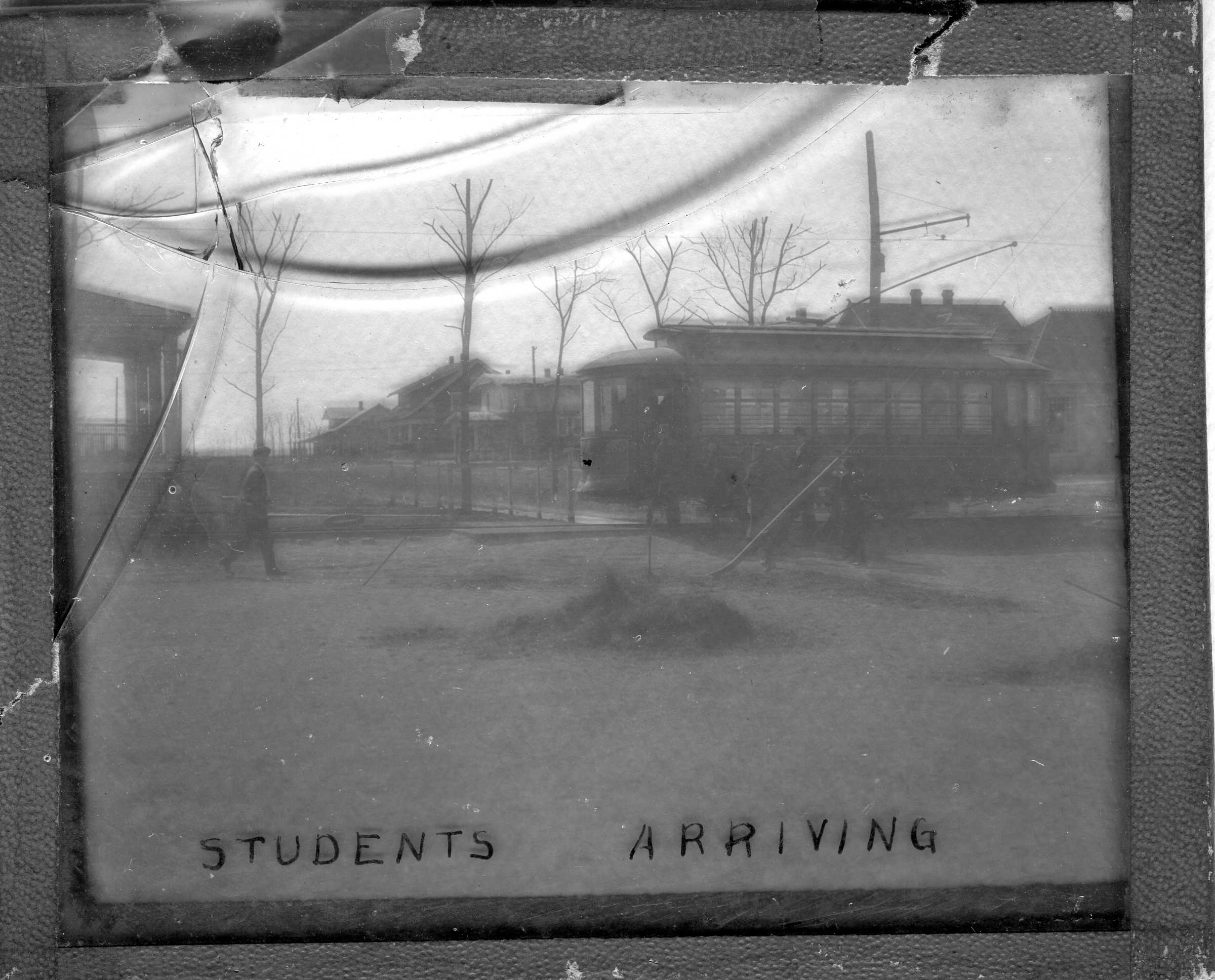
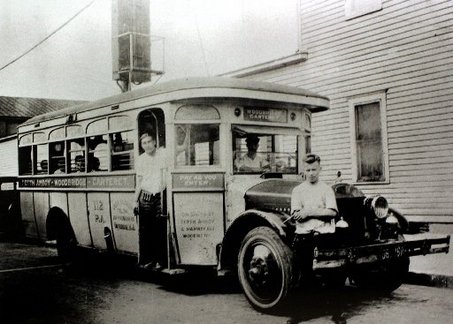
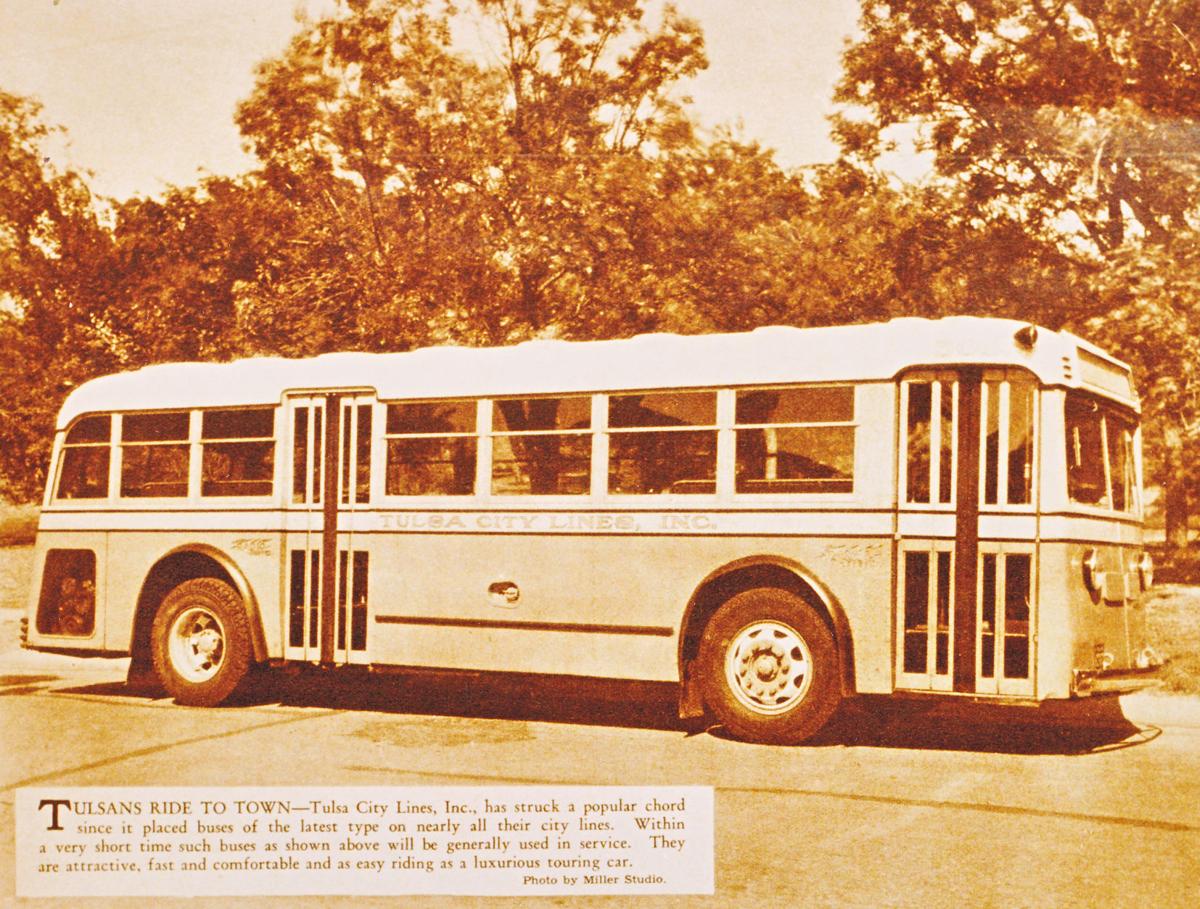
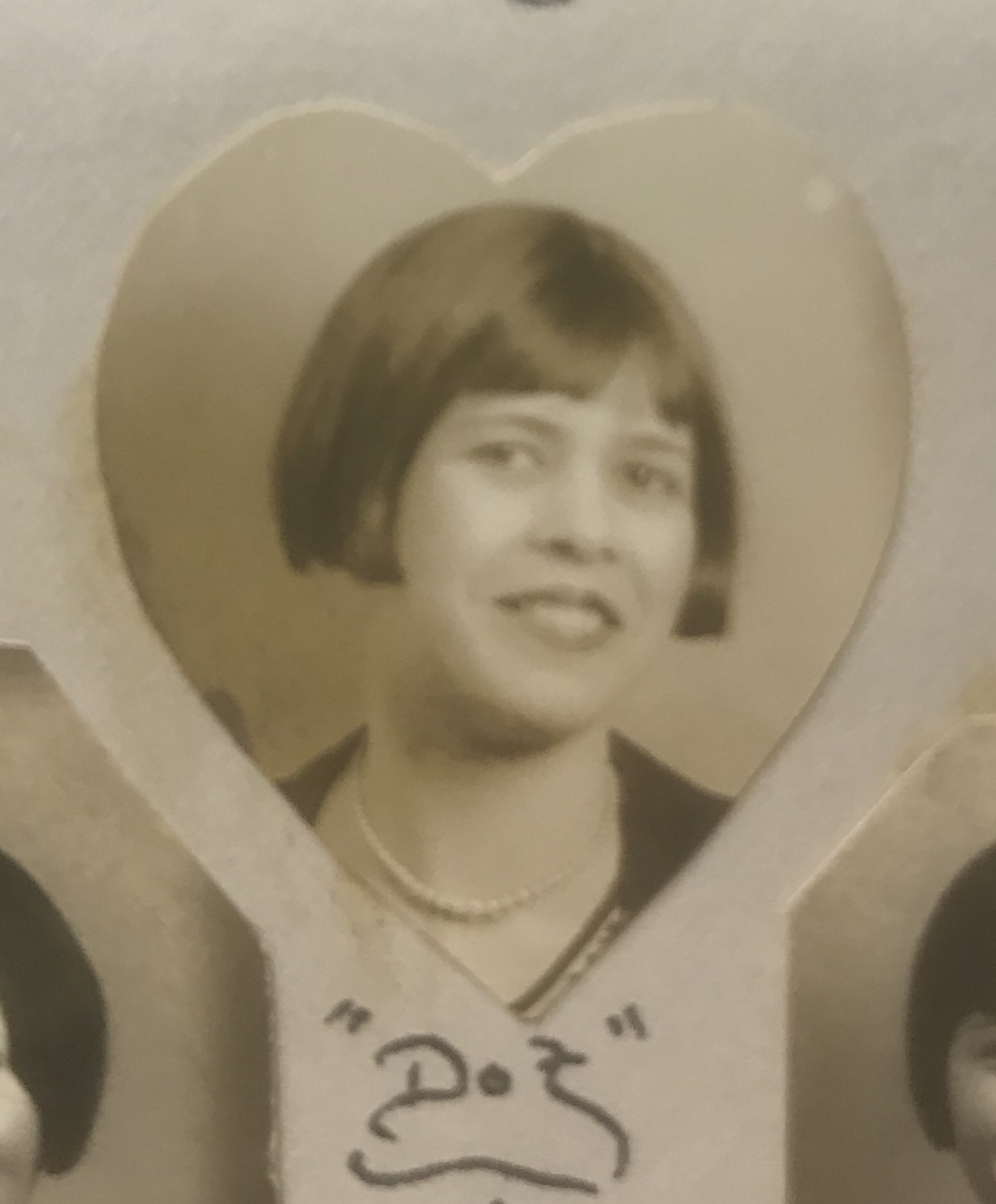 Dorothy Gladys Carman was born 7 Nov. 1910 and graduated from Central High School in 1928. Father Jesse Oscar Carman, (7 Feb 1881-27 Jan 1933), mother Nora (1881-). According to 1920 & 1930 Census, they are from Missouri. Sisters Zelma (1908-), Lillian (Jul 28 1909-November 1972), Fern Lavona (27 June 1915-15 Feb 1976, married Ceile O. Swafford).
Dorothy Gladys Carman was born 7 Nov. 1910 and graduated from Central High School in 1928. Father Jesse Oscar Carman, (7 Feb 1881-27 Jan 1933), mother Nora (1881-). According to 1920 & 1930 Census, they are from Missouri. Sisters Zelma (1908-), Lillian (Jul 28 1909-November 1972), Fern Lavona (27 June 1915-15 Feb 1976, married Ceile O. Swafford). In October 1942, she married Matthew Marshall Lockhart, who doesn’t otherwise seem to exist. And the 2nd autograph book begins giving her address as 121 1/2 N. Greenwood.
In October 1942, she married Matthew Marshall Lockhart, who doesn’t otherwise seem to exist. And the 2nd autograph book begins giving her address as 121 1/2 N. Greenwood.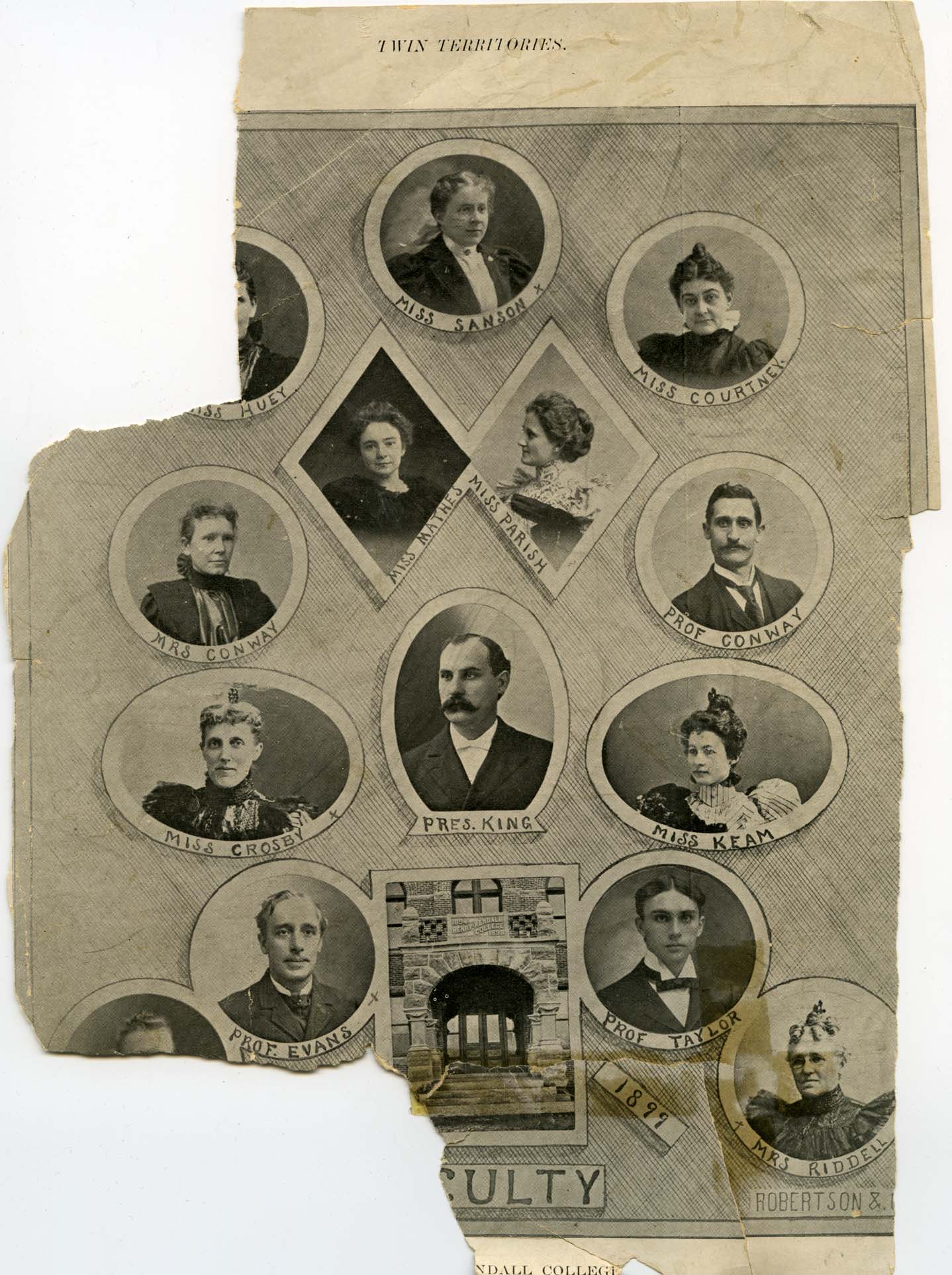 A new research rabbit hole. I’ve gone back to trying to pull together information of Henry Kendall College in Muskogee (1894-1907); and in particular the faculty. I was looking for this picture (which I still can’t track down) because one of the people has been torn off.
A new research rabbit hole. I’ve gone back to trying to pull together information of Henry Kendall College in Muskogee (1894-1907); and in particular the faculty. I was looking for this picture (which I still can’t track down) because one of the people has been torn off.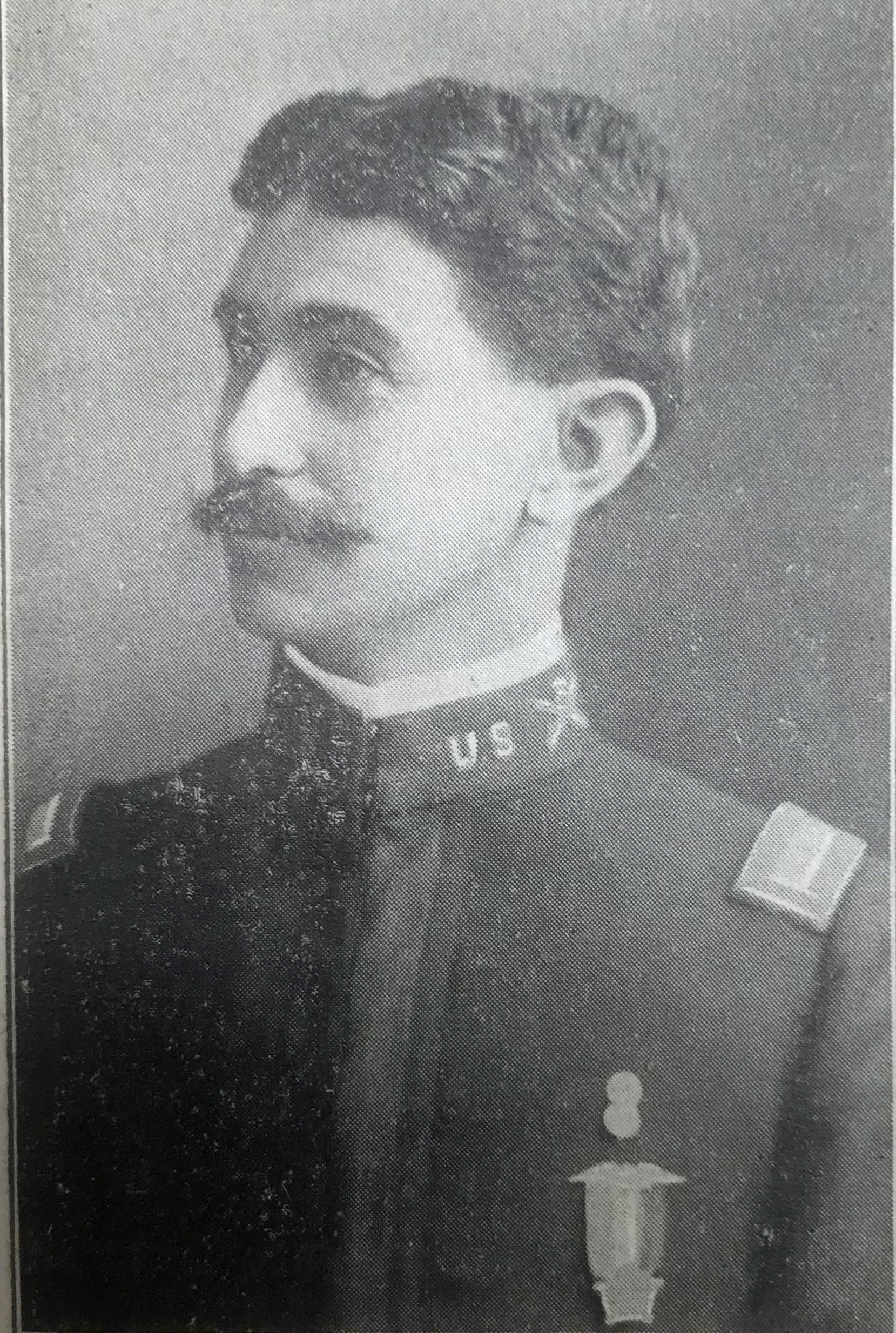 I noticed it was from Twin Territories, the Indian Magazine. Twin Territories, as we all know, was a monthly published between December 1898 and May 1904, and contained a wide range of articles, local news, biographical materials, Native American history and other topics. As I was searching, I found in the June 1903 issue this photograph, labeled Captain Ira L. Reeves and discussed his establishment of the Henry Kendall College Cadet Corps.
I noticed it was from Twin Territories, the Indian Magazine. Twin Territories, as we all know, was a monthly published between December 1898 and May 1904, and contained a wide range of articles, local news, biographical materials, Native American history and other topics. As I was searching, I found in the June 1903 issue this photograph, labeled Captain Ira L. Reeves and discussed his establishment of the Henry Kendall College Cadet Corps.


